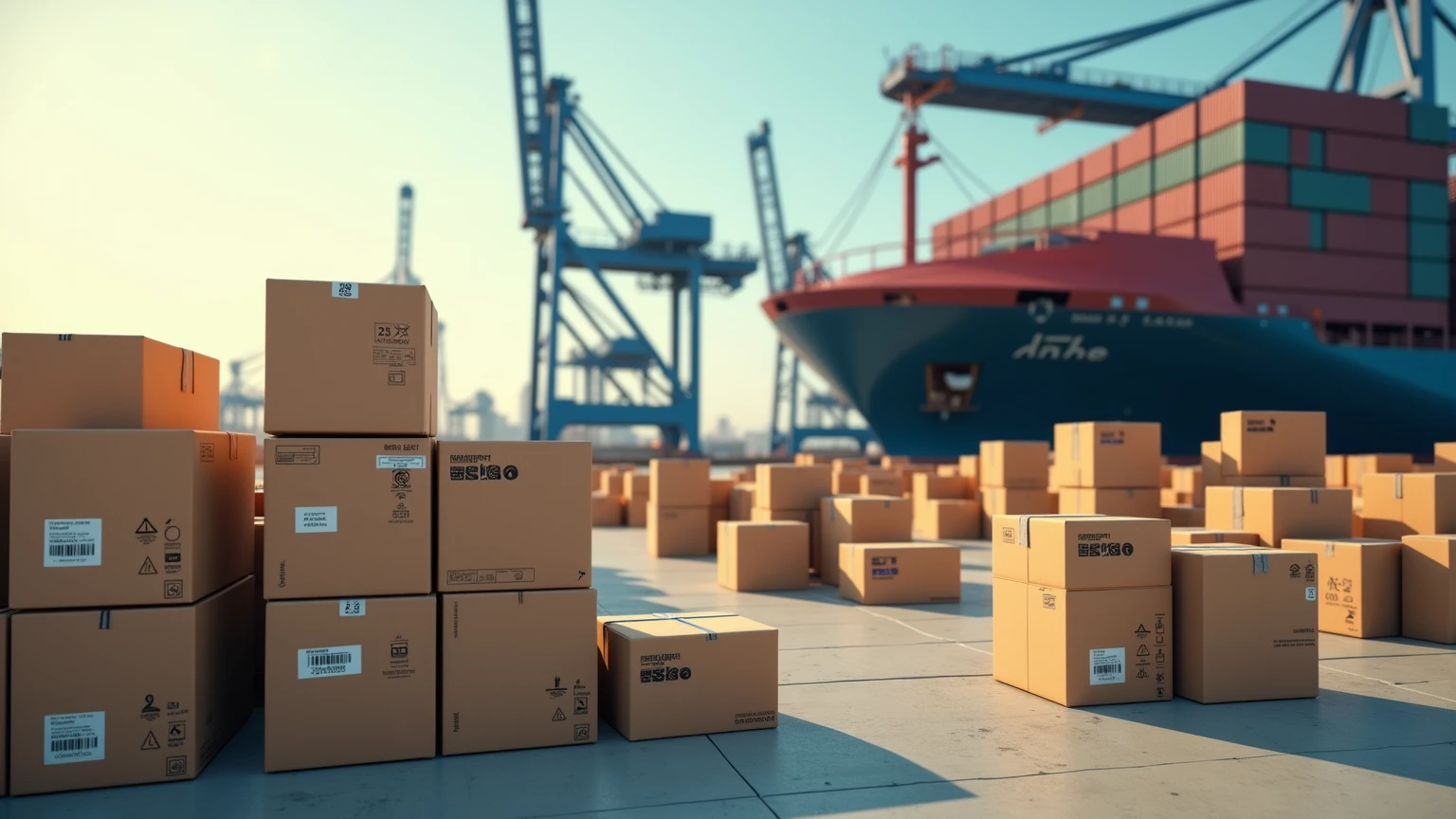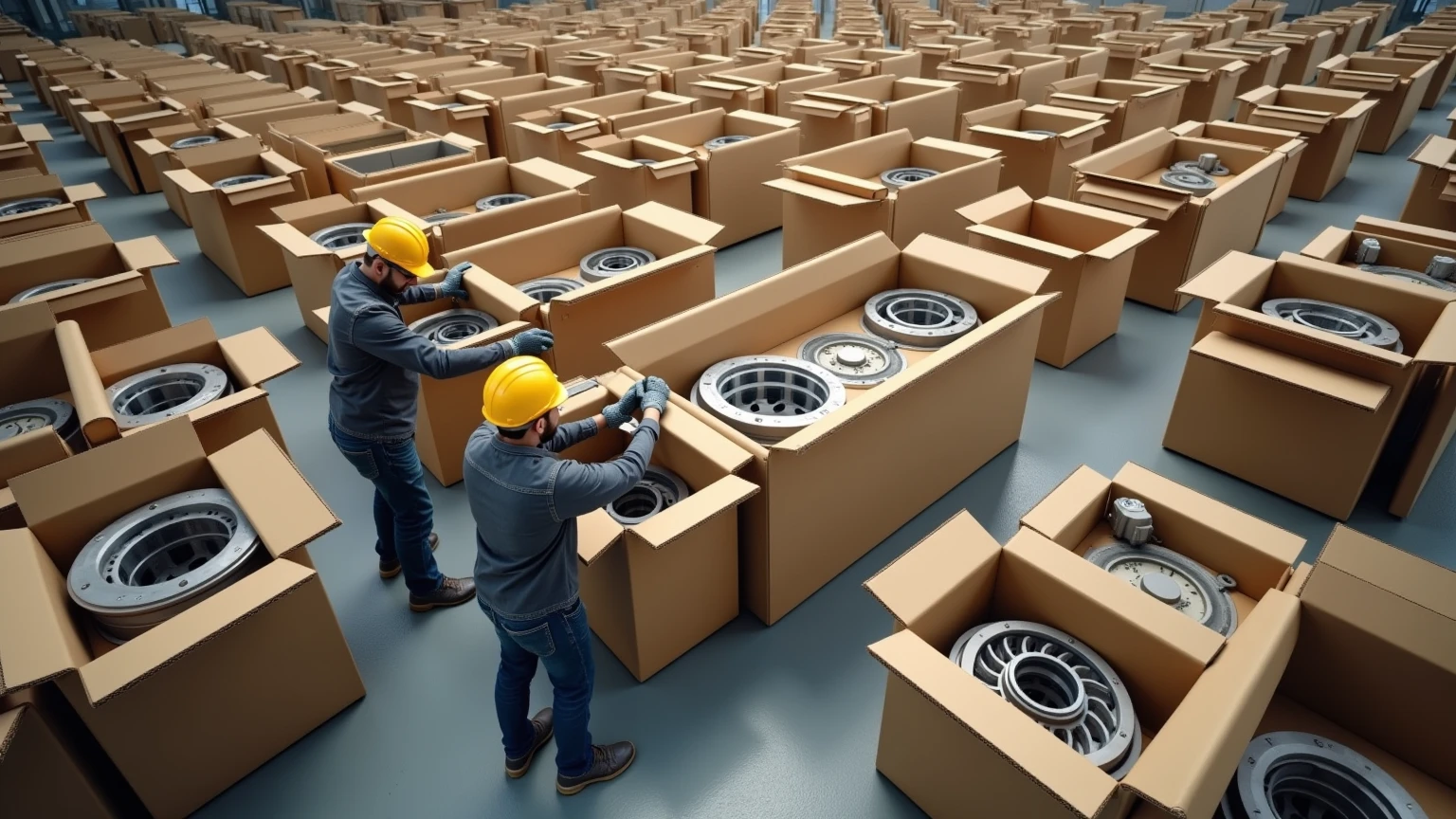In today’s competitive market, the importance of packaging cannot be overstated. It serves as the shield for your products, a canvas for your branding, and a key component in the unboxing experience. Custom shipping boxes serve all these purposes uniquely, allowing businesses to tailor their packaging to fit specific needs. This article will delve into the world of customized shipping boxes and the endless possibilities they offer.

Customized shipping boxes are specially designed packaging solutions tailored to meet specific product sizes, shapes, and branding needs. These boxes are not only functional, providing secure and efficient transport of items but also act as a crucial branding tool, enhancing visibility and customer perception during delivery.
Branding and Recognition: Customized boxes showcase your logo, color schemes, and design aesthetics, significantly enhancing brand recognition. A well-designed box can create a lasting impression as it reflects the quality of the product inside.
Improved Customer Experience: The unboxing experience is integral to customer satisfaction. An aesthetically pleasing box can make customers excited about receiving a product, encouraging social sharing and repeat business.
Protection: Customized boxes can be designed to fit products perfectly, reducing movement and enhancing protection during transportation. This is crucial for fragile items that require extra care.
Eco-Friendly Options: With a rising emphasis on sustainability, many companies now offer eco-friendly materials for custom boxes, allowing businesses to package products responsibly.
Regular Slotted Containers (RSC): The most common shipping box, featuring flaps that fold down to meet in the center of the box.
Mailer Boxes: These are often used for smaller items and can be designed to open easily for a delightful unboxing experience.
Die-Cut Boxes: Perfect for items that need custom-fit packaging. These boxes are cut to specific sizes and shapes, providing maximum protection and presentation.
Choosing the right material is essential for the overall performance and appearance of your shipping boxes. Common materials include:
Kraft Cardboard: Known for its strength and durability, Kraft cardboard is a popular choice for both branding and protection.
Corrugated Cardboard: Offers excellent protection due to its layered structure, making it suitable for heavier or delicate items.
Recyclable and Sustainable Materials: Many manufacturers now offer eco-friendly options that allow businesses to market their products as environmentally responsible.
Getting the size and dimensions of your custom box right is crucial. An appropriately sized box will:
The growing consumer preference for sustainable practices means that businesses should consider eco-friendly materials for their custom boxes. Opting for recycled materials or biodegradable options enhances the brand's image and appeals to environmentally conscious customers.

There are multiple printing methods available for custom shipping boxes, including:
The design of your shipping box should be visually appealing. Here are key aspects to consider:
Color Psychology: Different colors evoke different emotions. Choose colors that align with your brand's personality and the message you want to convey.
Graphics and Logos: Incorporate your logo and any other branding elements in a way that is prominent but does not overwhelm the overall packaging design.
Clear Messaging: Adding essential information such as slogans or product details can enhance customer understanding and connection with your brand.
Many manufacturers now provide online tools that allow businesses to configure their custom packaging easily. Here are steps to follow:
When selecting a manufacturer for your custom shipping boxes, consider the following:
Ordering sample boxes can be beneficial to assess material quality and design effectiveness. A reliable manufacturer often provides samples for a small fee, allowing you to ensure the final product meets expectations before committing to large orders.
Many small businesses report increased sales and customer engagement through the use of custom shipping boxes. For instance, a local artisanal bakery utilized bright and charmingly designed boxes, which not only secured their baked goods but also attracted attention on social media, leading to an uptick in orders.
Companies such as “Brand X,” specializing in eco-friendly products, effectively used custom boxes to reinforce their sustainability commitment. They reported improved customer perception, with many consumers specifically mentioning packaging quality in reviews.
Positive customer feedback regarding packaging leads to higher brand loyalty and repeat business. Businesses that have prioritized the unboxing experience through customized shipping boxes frequently receive praise in reviews, establishing a strong brand narrative.
Customized shipping boxes not only serve their primary function of product protection but also play a transformative role in branding and customer experience. By understanding the benefits, considerations, and processes involved, businesses can strategically leverage this essential aspect of their operations to create a distinct market identity and foster customer loyalty.
What materials are best for custom shipping boxes?
How can I design my own shipping box?
What are the common types of custom boxes?
How do I ensure my boxes are eco-friendly?
Why is the unboxing experience important?